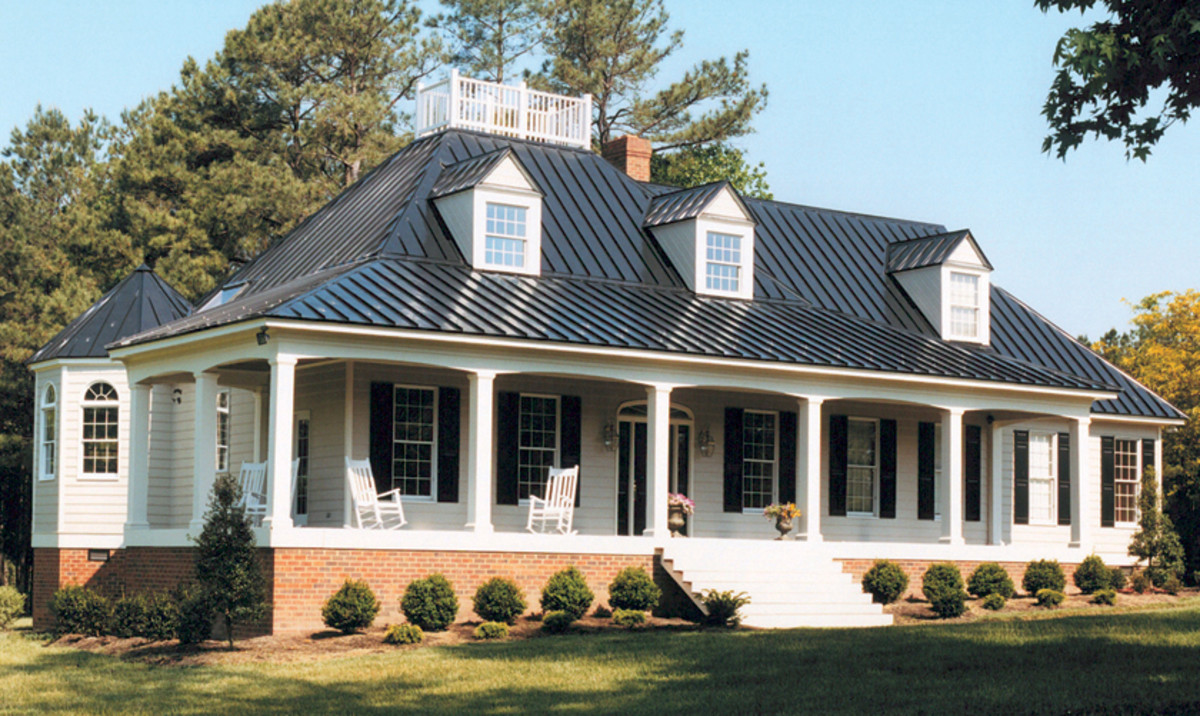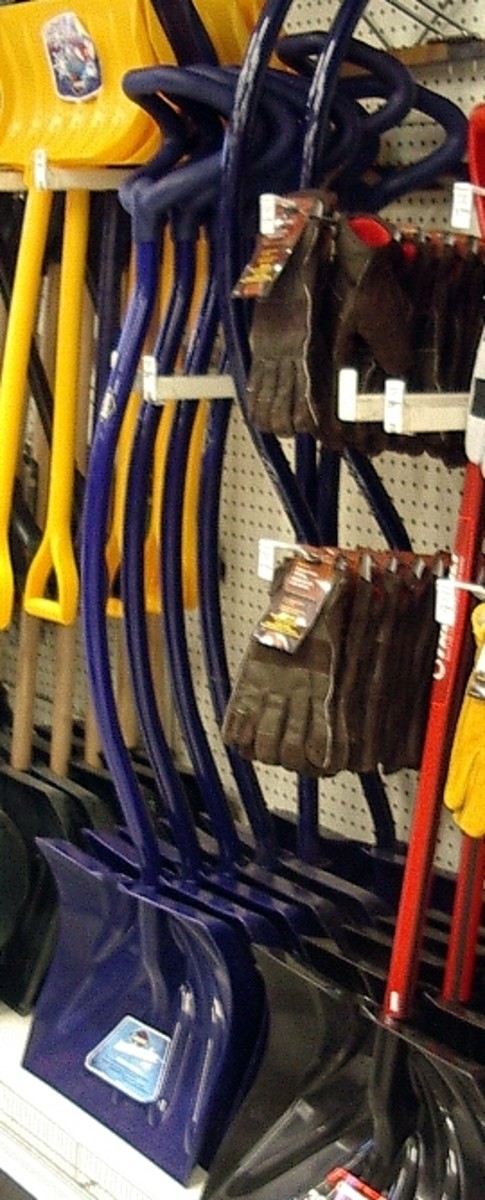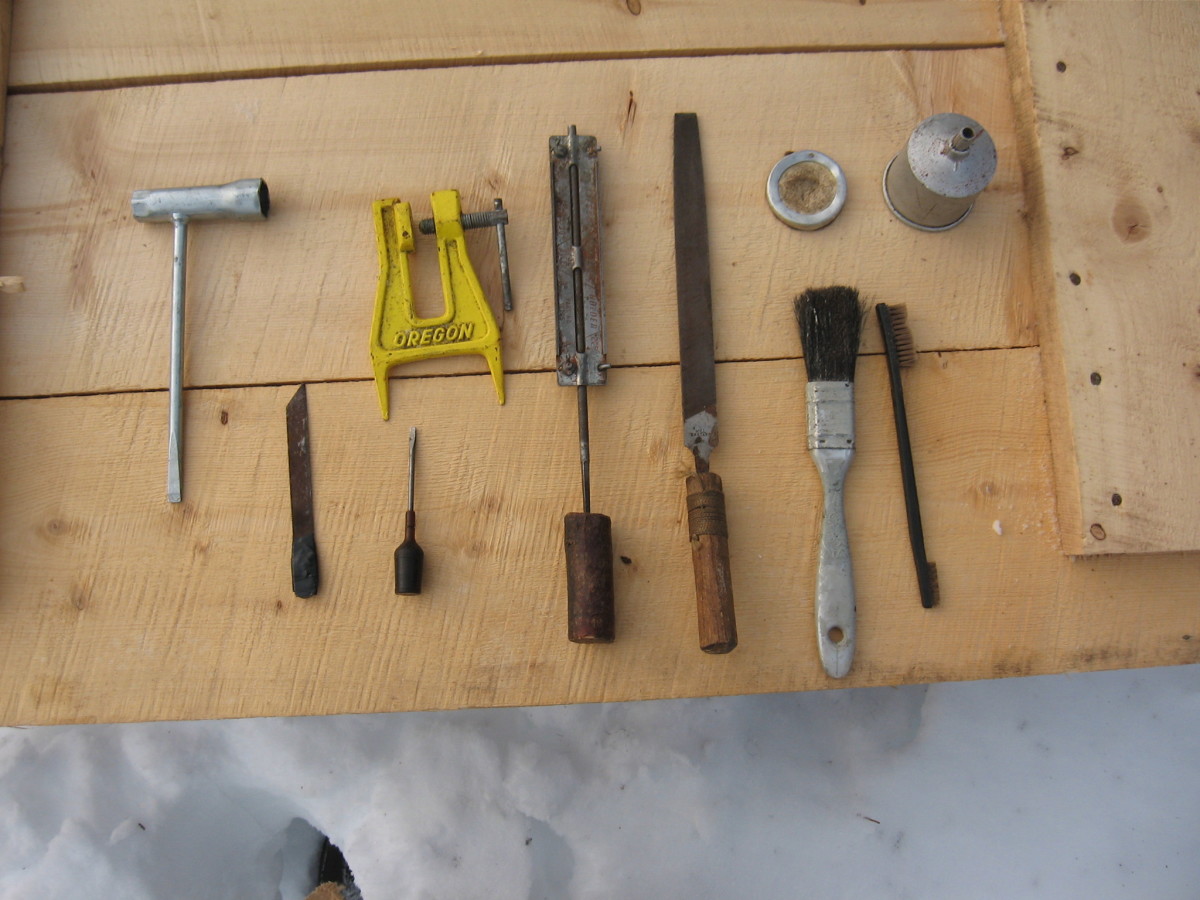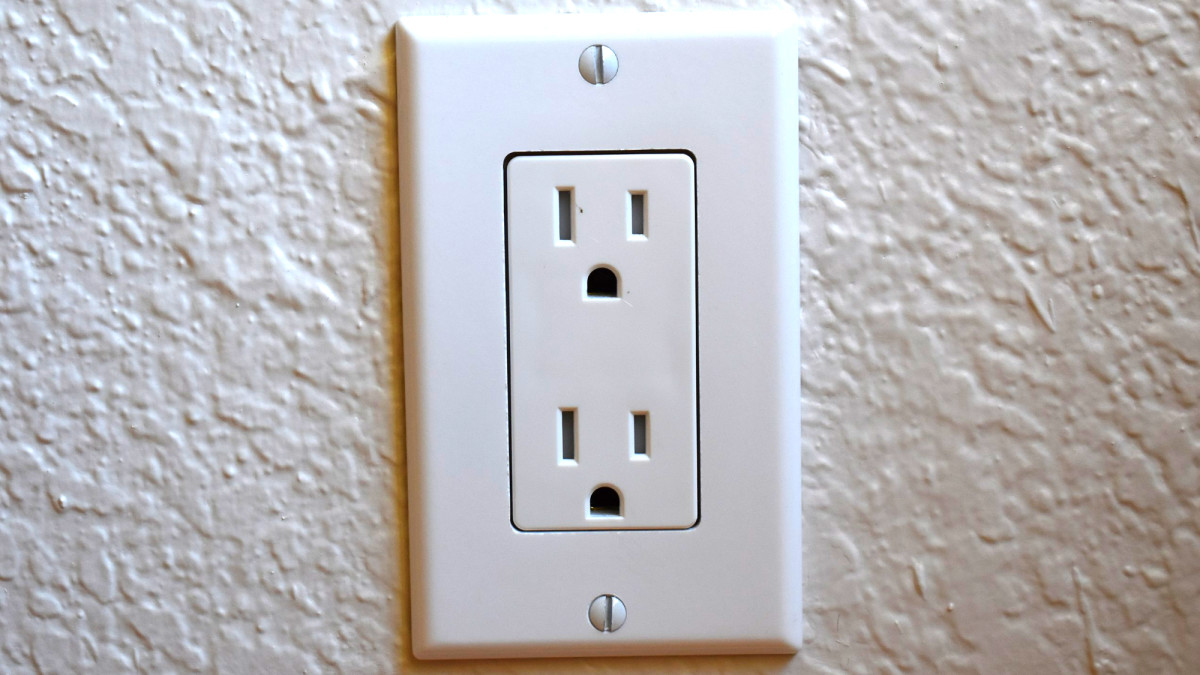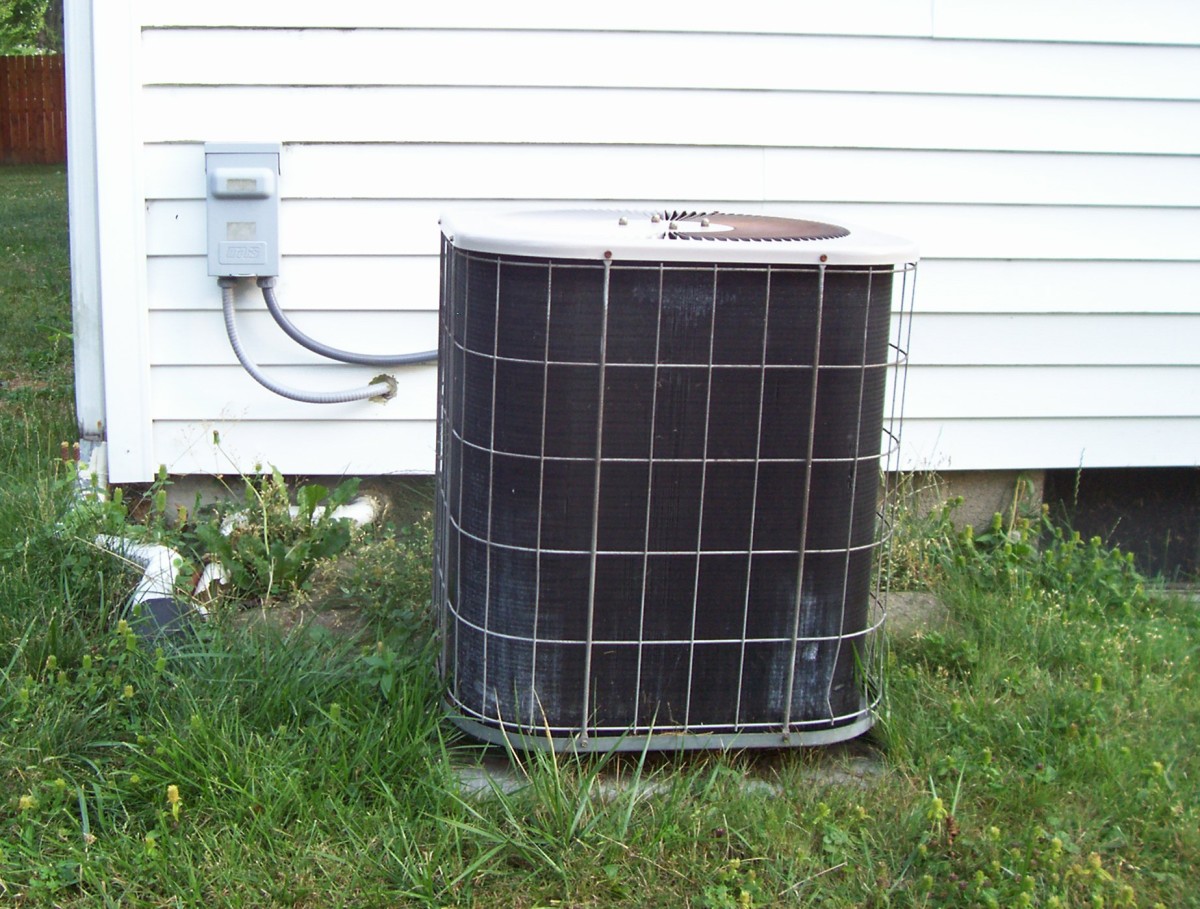Is Removing Snow From the Roof Worth It to You?
Winter Wonderland?
It's been a doozy of a winter where I live in the Northeast. We've broken records for monthly snowfall, and we still have weeks left before Spring shyly steps up to the plate. By the time all is said and done, this winter will be one to remember, both for amounts of snow and for the number of buildings that have collapsed under its weight.
Being a homeowner requires a prophet's vision and squirrel's preparedness. The ability to anticipate what normally occurs (snow in the winter) as well as to sense what might occur (record-setting amounts) are both valued traits, especially in an unpredictable climate. Everyone has a shovel, or a snowblower; not everyone, on the other hand, has a roof rake. The question ultimately boils down to whether you should do something about that potential avalanche up above. So...is it a good idea for you to clear your roof?
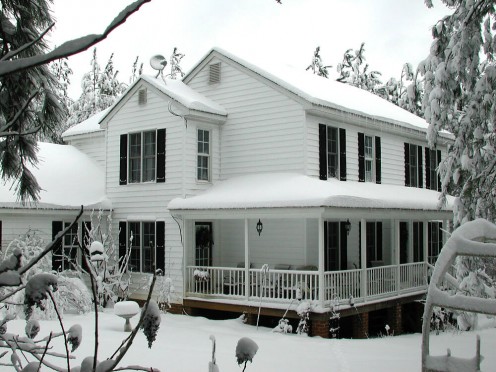
Basic Roof Types
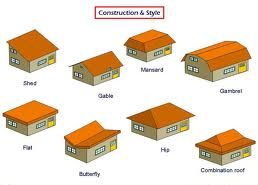
Your Roof
In order to answer that question, you first need to evaluate your roof (as well as the actual snowfall amount). Most homeowners have roof areas that fall into the basic categories outlined in the photo to the right. You don't need to concern yourself with spending hours studying every intricacy of your own roof, though. The reality is that you need a structural engineer to tell you with any accuracy if your roof can withstand the weight of the snow upon it. It's been said that a properly sloped newer home should be able to withstand up to 4 feet of snow without an issue. But whether your roof is "properly sloped" or whether the snow is wet or has layers of ice within it or whether your home is new enough or built to a high standard is all way more than you can evaluate from a distance or from an article online. In fact, it can be dangerous to try.
Most homeowners should simply be aware of whether they have a flat roof or a sloped roof, as well as the roof's height. If you have several feet of snow on your roof, regardless of slope, the decision of whether to clear it has been made for you. It's a resounding yes . You should simply figure out if you're going to do it, and the answer in this case is usually no , unless you have a flat-roofed, one-story home (and if you have a flat-roofed, one-story home, why'd you let several feet of snow build up?). In other words, if you have many feet of snow on your roof, you ought to check the Yellow Pages for an insured snow remover. It's worth the money. If you only have some snow on your roof and/or an ice dam build-up, however, most of the answer to whether you should clear it comes down to you.
Be Honest About Yourself
So, the important part of this equation is you. How honest are you about the shape you're in? Are you living in a state of denial about those years of neglect? Most of this self-check involves the idea of you accessing portions of your roof from a ladder, using a roof rake. It would be irresponsible to send you up on the roof itself (though many people do it). So, anyway, here's a basic guide to whether you should attempt to clear snow from your roof:
1) Can you do ten pushups without cheating?
2) Can you do ten sit-ups with almost no elevation in pulse?
3) Can you balance on one foot for at least 30 seconds?
4) Can you walk up two flights of stairs and not notice the strain?
5) Can you walk quickly and carry on a conversation in a normal tone of voice?
6) Can you squeeze a tennis ball hard for a full minute?
If you have answered no or I'm not sure to any of these questions, hire someone to remove the snow on your roof. There's no need to prove yourself under such lousy winter conditions, and you want to stick around for your family. Given the temperature outside and the snow on the ground, the ladder itself will not be forgiving, and once the snow starts falling your way, any kind of physical lapse can prove harmful. If you can't trust your legs to stay firm for the duration or your hands to clasp tightly for a long spell, you're not equipped to remove snow from your roof.
If, on the other hand, you answered yes to these questions, and you have the motivation to do so, get that ladder out of the garage and get to work. Just make sure to wear a good hat and durable, strapped safety goggles. You'll need them.




